1. Breakdown of Costs: Key Factors Influencing Multifamily Home Construction
““How much does it cost to build a multifamily home?” When discussing the costs of building a multifamily home, it is imperative to dissect the myriad of factors that come into play during this process. A key element to consider is the must haves when building a new home, including building material costs. The type of materials chosen can dramatically alter the project’s bottom line. High-quality materials, while initially more expensive, can lead to long-lasting durability and reduced maintenance costs in the future. By focusing on these must haves, homeowners can ensure a more efficient and successful construction project.
Then comes the matter of labor. Hiring skilled professionals demands a fair proportion of your budget. Many homeowners aiming to build a multifamily residence find that investing in expert labor, including architects and engineers, ensures compliance with building regulations while also contributing to the structural soundness of the home.
In addition, location is a major determinant of construction costs. Building a multifamily home in McLean will entail different expenses compared to other regions due to variances in land costs, regulatory fees, and local taxes. High-demand areas often translate to higher land acquisition prices, but they may also lead to increased rental yields and property appreciation.
Moreover, the project’s scope, encompassing the number of units, amenities, and overall size, influences the cost significantly. Bigger projects require more resources, resulting in higher overall costs. It’s essential to balance ambition with practicality by reaching out to addition contractors who can provide realistic cost estimates reflecting the project’s true scale. For more insights on how to optimize your home project, learn more about what is a builder grade home.
Finally, permits and legal fees are non-negotiable aspects of construction that must not be overlooked. These involve zoning permits, environmental impact assessments, and other necessary legal clearances. Understanding these can prevent costly delays and legal complications. Aligning with a contractor experienced in navigating McLean’s permitting process will enable a smoother build timeline and provide peace of mind.
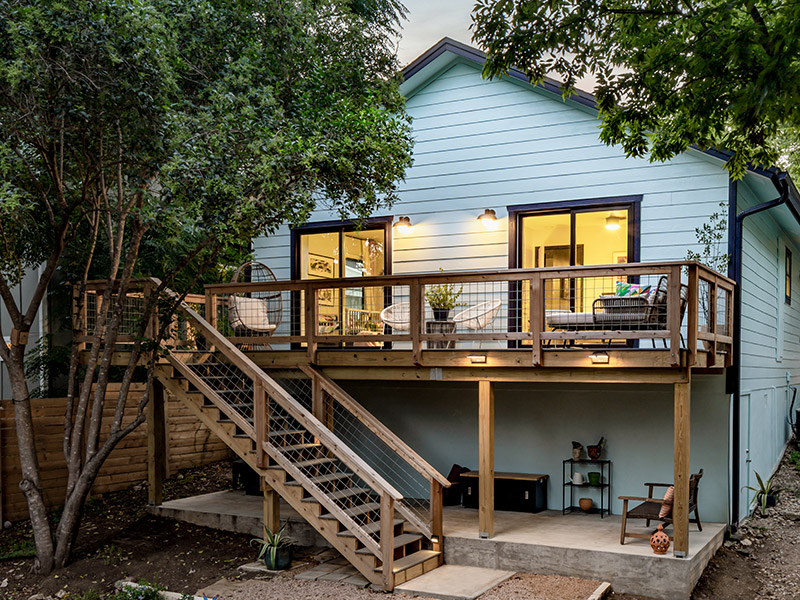
2. Financing Options for Building a Multifamily Home
Building a multifamily home is a significant financial undertaking, one that often requires more than just a savings account. Therefore, understanding the available financing options is crucial for potential investors. Conventional loans are one of the most common routes; however, they often come with strict qualification criteria and require substantial down payments.
For those who qualify, government-backed loans can be a viable alternative. Programs like FHA (Federal Housing Administration) loans or VA (Veteran Affairs) loans offer benefits such as lower down payments and more lenient credit requirements. However, they typically come with restrictions on property use that must be navigated carefully.
Private financing is another pathway offering flexibility but often at a higher interest rate. Investment partnerships or real estate syndication can be explored, where multiple investors pool resources to fund the project, potentially spreading risk and increasing capital inflow. This collaborative venture can significantly offset individual financial burdens, especially for expansive projects.
It’s also worth considering the potential implications of equity financing—using existing home’s equity as collateral for constructing a multifamily residence. Home equity loans can provide substantial funds, yet they inherently carry the risk of placing one’s current property as collateral.
Before deciding on any option, working with a financial advisor and addition contractor who understands both the personal financial landscape and property market is recommended. These professionals provide insights into the viability of various financing methods alongside potential returns on investment. Their expertise ensures informed decisions, maximizing both the practical and financial aspects of a multifamily home project.
3. Common Misconceptions About Multifamily Home Construction Costs
It’s not uncommon for homeowners to harbor misconceptions about the costs associated with multifamily home construction. Understanding these myths is vital to realistic budgeting and planning. A prevalent belief is that multifamily homes are exponentially more expensive due to their larger size. While size is a factor, economies of scale often mean that the cost per unit can be lower than perceived.
Another myth involves the assumption that building new always trumps renovation, cost-wise. While a fresh start might seem appealing, renovating existing structures into multifamily units often presents cost-saving opportunities, leveraging existing utilities and infrastructure. It’s where a seasoned addition contractor becomes invaluable, often guiding homeowners to optimize cost-functionality balance.
Moreover, many assume that upfront expenditures are reflective of the total expense landscape. Overlooking long-term operational costs, such as maintenance and energy consumption, can lead to financial strain later. Energy-efficient designs or installations might elevate initial budgets but significantly reduce operational costs.
Common among the misconceptions is the perceived simplicity of the permitting process. The reality, however, involves navigating numerous legal requirements and local regulations, which can incur unexpected costs if mishandled. Partnering with a contractor who comprehensively understands local procedures is often crucial to avoid delays and additional fees.
Finally, a lack of financial planning is an underappreciated hazard. Many concentrate solely on construction, neglecting other expenses like designing, landscaping, and equipping units. By learning about these procedural nuances and regulatory intricacies, homeowners can formulate a nuanced and comprehensive financial strategy that accounts for all phases of multifamily home construction.
4. The Role of Addition Contractors in the Process
When it comes to building a multifamily home, addition contractors are pivotal in seamlessly transitioning a project from initial concept to the finished product. These professionals bring a wealth of experience and specialized expertise into the equation, ensuring structural integrity and adherence to timelines and cost projections.
First and foremost, addition contractors offer valuable design insights. Leveraging their extensive knowledge of modern trends and innovative solutions, they transform visions into practical designs that maximize both aesthetic appeal and functional efficiency. Their ability to balance creative input with engineering requirements is unmatched, working closely with architects to ensure design feasibility alongside compliance with McLean’s building codes.
Furthermore, contractors are adept in coordinating and managing the diverse facets of construction. From hiring skilled labor to sourcing materials, their involvement reduces the homeowner’s burden of orchestrating these complex tasks. This organizational finesse is vital in adhering to timelines and maintaining budget oversight, particularly in the dynamic environment of multifamily home builds.
Addition contractors also act as a liaison during the permitting process, navigating regulatory hurdles with proficiency. Their established relationships with local authorities expedite approvals, crucial for keeping projects on track and avoiding costly delays. Contractors understand the finer points of permit procurement, ensuring all paperwork aligns with legal mandates.
Finally, these experts manage post-construction phases, often extending services to maintenance advice or coordinating further enhancements. As a result, homeowners continue to benefit from their craftsmanship, prolonging the lifespan and value of their multifamily investments. By recognizing the intrinsic role of addition contractors, homeowners are better positioned to see their multifamily projects thrive into worthwhile assets.
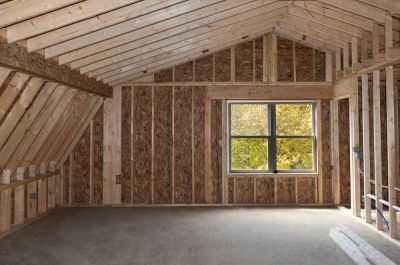
5. Long-Term Value: Why Investing in Quality Matters
In the realm of multifamily home construction, investing in quality may seem initially daunting due to increased costs. However, it is a decision that significantly impacts the long-term value and profitability of the property. Quality materials coupled with superior craftsmanship form the underpinnings for a structure that endures shifts in market conditions and design trends.
Firstly, high-quality construction translates directly to reduced maintenance and repair costs. Superior materials and attentive assembly minimize wear, contributing to a more resilient structure that requires fewer renovations over time. This resilience not only saves money but also allows homeowners to command higher rental or sale prices, asserting the home’s economic standing in competitive markets like McLean.
Furthermore, a focus on quality during construction often allows for the integration of energy-efficient technologies. These not only reduce environmental footprints but also curtail long-term operating costs. Solar panel integration, high-efficiency HVAC systems, and smart home technologies can drastically improve a property’s energy profile, appealing to environmentally conscious renters willing to pay for sustainable living solutions.
Additionally, quality craftsmanship reflects a commitment to superior design and functionality, attracting a more discerning clientele. High-caliber finishes and modern design elements resonate with potential buyers or tenants who value luxury, ultimately aiding in property appreciation and shortened vacancy periods.
Finally, establishing strong relationships with reliable contractors fosters an assurance of building quality, as they facilitate future upgrades or expansions more smoothly. Recognizing the significance of quality from the inception of a project, therefore, arms homeowners with properties that favorably evolve with market dynamics, reinforcing financial stability and sustained attractiveness.
6. Comparing Multifamily Homes to Single-Family Homes: Pros and Cons
One important consideration when thinking about real estate investments is the comparison between multifamily and single-family homes. Each type presents cash flow potential and living configurations with distinct advantages and drawbacks that should be acknowledged before deciding which path to pursue.
Multifamily homes offer a tangible advantage in terms of potential rental income. By hosting multiple tenants, landlords can diversify income streams, reducing the financial risk associated with vacancies. The probability of experiencing total loss of rental income is diminished compared to single-family homes, which rely on a single tenant.
Moreover, multifamily structures often present lucrative tax advantages. Owners can typically benefit from tax breaks specific to rental properties and may deprecate certain asset values, ultimately reducing taxable income. Additionally, utilities often centralize, allowing owners to negotiate service rates, enhanced further by integrating energy-efficient systems that cut operational expenses.
However, operating a multifamily property comes with its share of challenges. Increased tenant numbers call for enhanced property management efforts, potentially requiring professional property management services. This factor introduces outsourced costs that could mitigate some income gains.
Furthermore, vacancy and tenant turnover rates can fluctuate significantly in multifamily setups, necessitating diligent screening and management to ensure steady occupancy.
Conversely, single-family homes often require less hands-on management, making them appealing to those less inclined towards property oversight. Home appreciation potential can also yield generous returns, particularly in stable neighborhoods. However, single-family investments typically involve higher income concentration risk and depend on market-dependent, sustained rental demand.
By evaluating these dimensions, homeowners are better equipped to align their financial goals with the specific opportunities and limitations of multifamily or single-family properties. Balancing these regularly-prioritized factors empowers astute investment decisions that accommodate personal preferences and economic aspirations.
7. Tips for a Stress-Free Remodeling Experience with Contractors
Ensuring a smooth and stress-free remodeling experience often hinges on cultivating a proactive partnership with your contractor. The key lies in establishing clear communication and setting realistic expectations upfront.
Begin by conducting thorough research before selecting your addition contractor. Verify their credentials, seek references, and evaluate examples of their past projects. Clear communication from the start, discussing your vision and budget constraints candidly, sets the stage for mutual understanding and goal alignment.
Engaging contractors in early-stage planning often smooths subsequent negotiations. Use their expertise to anticipate potential pitfalls, enabling them to offer solutions that preempt disruption and delay. When given the flexibility to innovate within outlined parameters, contractors can often recommend alternatives that harmonize project goals with budget allowances.
Further, establishing routine progress updates ensures transparency and commits both parties to staying informed. Regular site visits can offer peace of mind by witnessing firsthand the project’s advancement, and serve as an opportunity for addressing any emerging concerns promptly—before they escalate.
Moreover, maintaining a detailed contract serves as an indispensable reference throughout the project’s life. Articulating timelines, costs, scope of work, and material specifications serves a dual purpose—securing homeowner interests while mitigating unforeseen disputes. If you’re wondering about the financial aspects, you might ask, is building a custom home more expensive? Understanding these details can significantly impact your decision-making process.
Lastly, anticipate the unexpected and set aside a contingency budget. A buffer prevents unforeseen scenarios from causing undue stress. By nurturing patience, understanding, and collaboration with reputable professionals, the remodeling journey transforms from an ordeal into a gratifying transformation of home and lifestyle.
Conclusion: Making Informed Decisions for Home Investment
In conclusion, addressing the key question of how much does it cost to build a multifamily home is not a mere mathematical exercise but a nuanced exploration of financial planning, resource allocation, and strategic decision-making. For homeowners seeking financial growth through multifamily properties, understanding the dynamics of construction costs, market trends, and quality investments is indispensable.
Utilizing seasoned addition contractors streamlines this journey, imparting essential insights that demystify complexities and foster confidence in decision-making. Furthermore, grasping the interplay between short-term expenditures and long-term gains primes homeowners to capitalize on multifamily investments efficiently.
Moreover, maintaining stress-free remodeling experiences and leveraging multifamily homes’ distinct economic benefits fortify a prosperous investment landscape. Integrating quality construction practices with smart financial tactics enables discerning homeowners to optimize returns while safeguarding both the integrity and appeal of their properties.
Therefore, the final takeaway emphasizes informed and deliberate home investment strategies as the cornerstone of successful multifamily home construction. By aligning each decision with overarching personal and financial objectives, homeowners can achieve lasting value through their real estate endeavors.

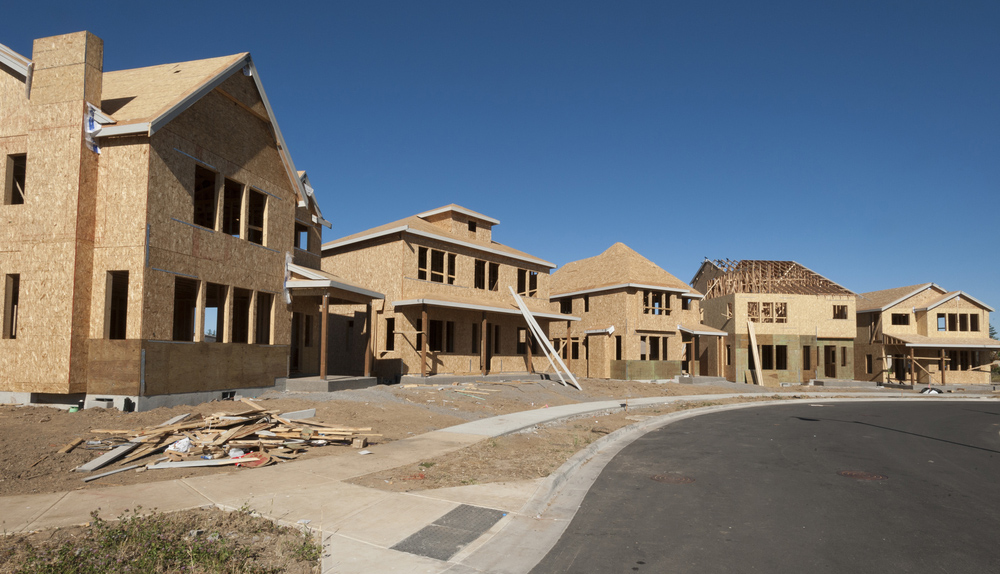
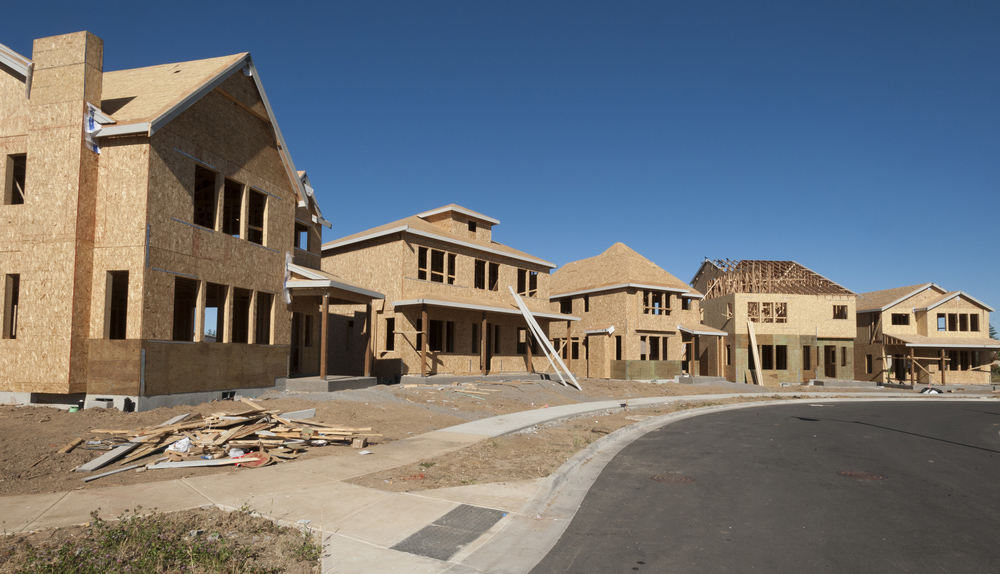
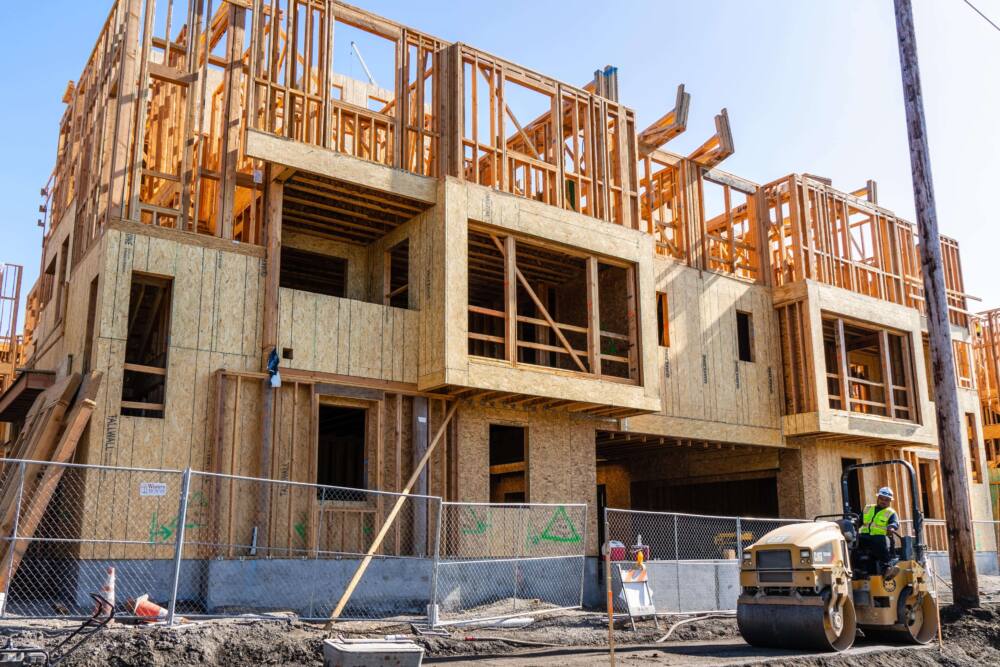
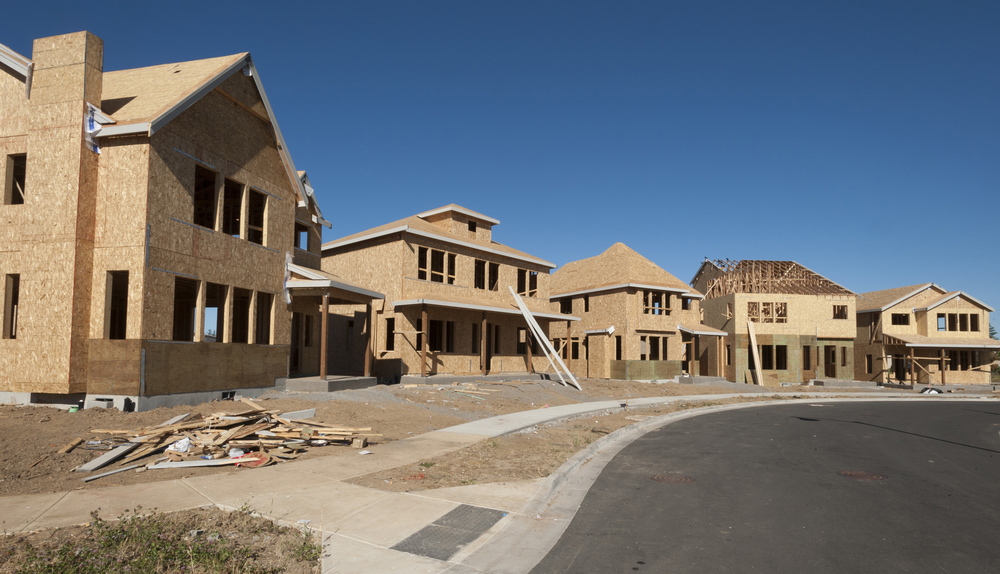
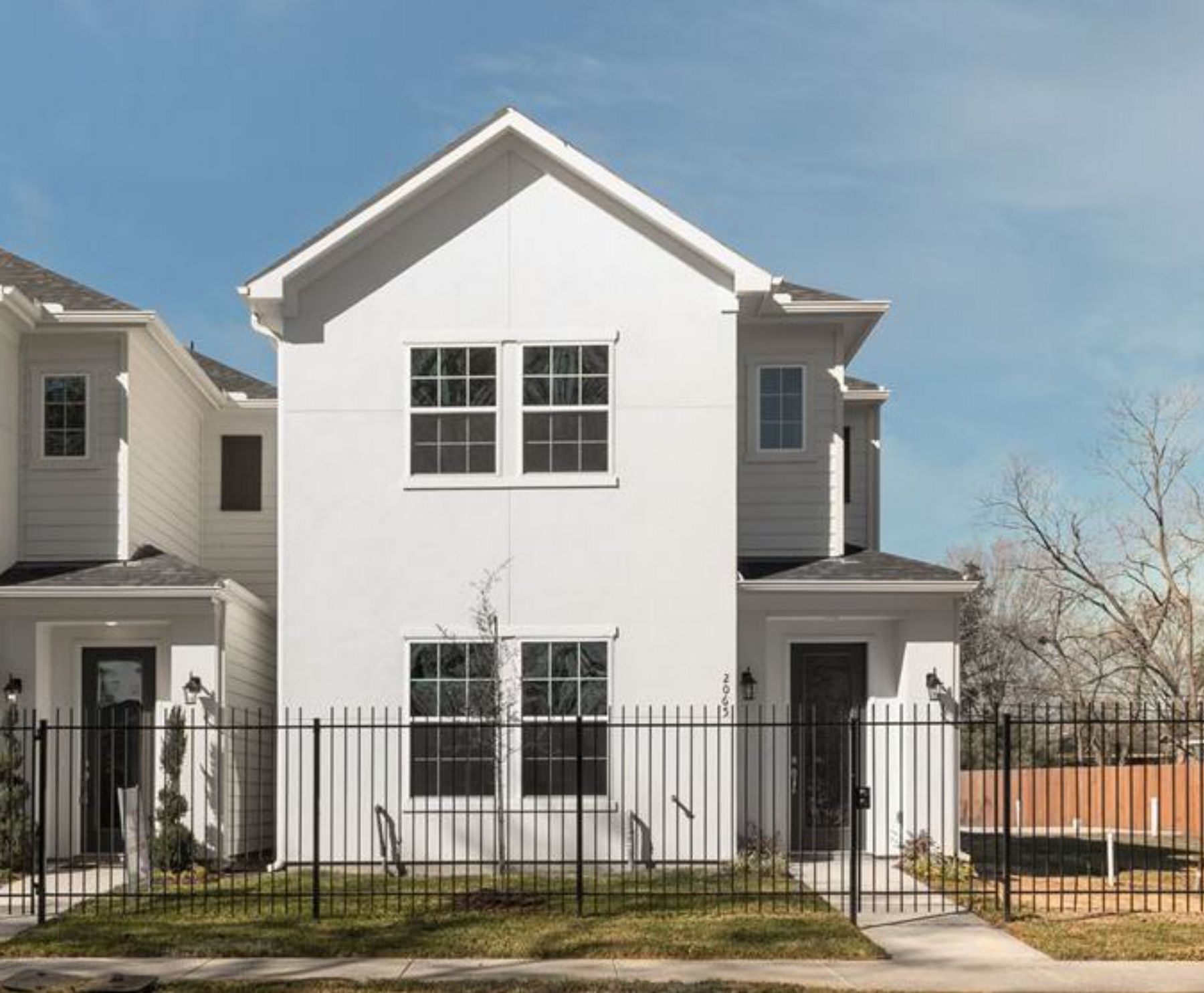
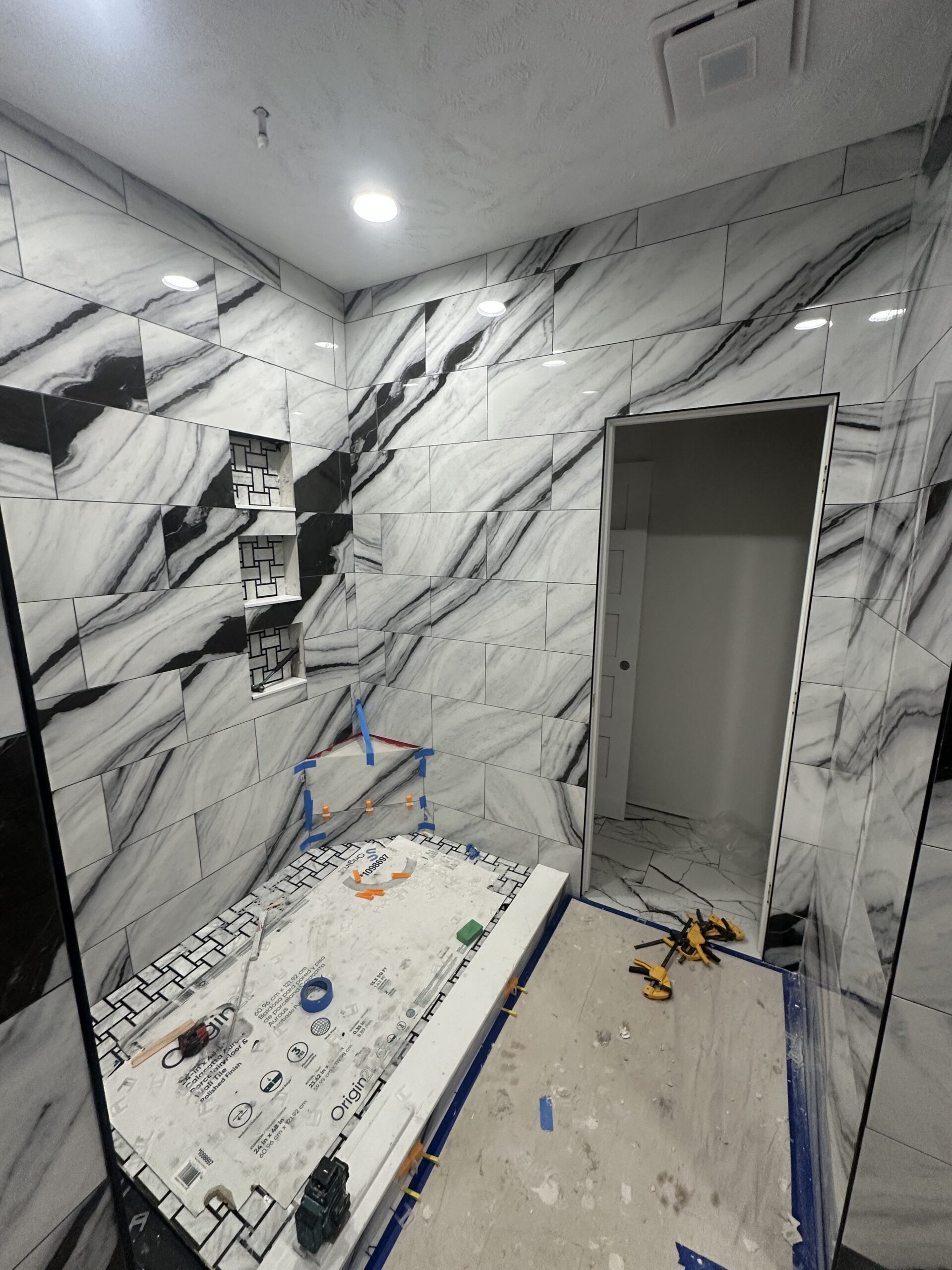

One Response